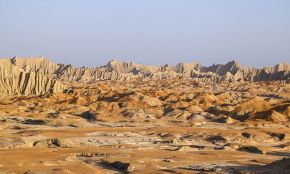
Martian Mountains Mountain in Chabahar
Martian Mountains Situated 40 to 50 km from Chabahar. This mounts have been stretched out parallel to the Oman Sea.
Already a PinIRAN member? Login
Don't have an account? Sign up

Martian Mountains Situated 40 to 50 km from Chabahar. This mounts have been stretched out parallel to the Oman Sea.
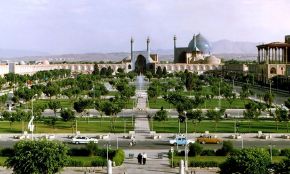
Naqsh-e Jahan Square, is a square situated at the center of Isfahan city, Iran. Constructed between 1598 and 1629, it is now an important historical site.
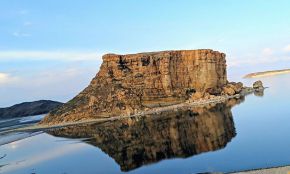
Lake Urmia is an endorheic salt lake in Iran. The lake is between the provinces of East Azerbaijan and West Azerbaijan in Iran, and west of the southern portion of the Caspian Sea.
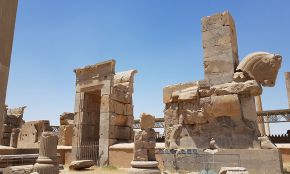
Persepolis was the ceremonial capital of the Achaemenid Empire. It is situated 60 km northeast of the city of Shiraz. The earliest remains of Persepolis date back to 515 BC.
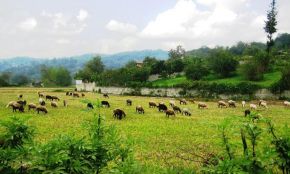
The village of Shiadeh is located near Babol city. A village with a population of around 900 people and about 210 households.
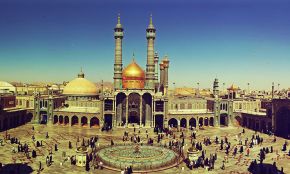
The Shrine of Fatima Masumeh is located in Qom which is considered by Shia Muslims to be the second most sacred city in Iran after Mashhad.
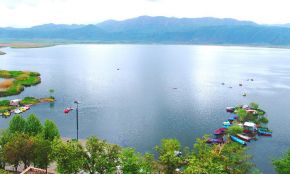
Lake Zrebar, also known as Zeribar or Zarivar, is a beautiful lake in the Zagros Mountains, within Kurdistan Province of western Iran.
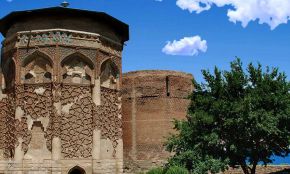
A decagon building, designed with Persian art. This is a tomb of the Hulaku khan's mother. Hulaku khan was one of the four sons of Genghis khan.
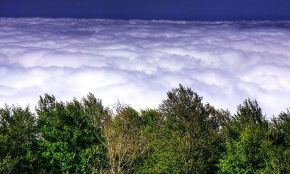
Cloud Forest or Abr jungle is one of the oldest and most beautiful jungles in Iran with some rare plants and animals. Cloud forest is located about 45 km north of Shahrood city.
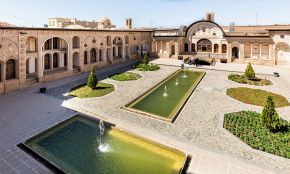
The Tabatabei House is a historic and triditional house in Kashan, Iran. It was built in the early 1880s for the affluent Tabatabaei family.
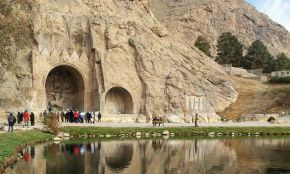
Taq-e Bostan means "Arch of the Garden" or "Arch made by stone" is a site with a series of large rock reliefs from the era of Sassanid Empire of Persia, carved around 4th century AD.
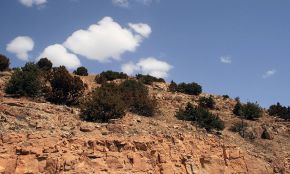
One of the most beautiful natural areas of the province is the Dena protected Zone or Dena National Park. It has the privilege of having a vegetation and animal species.
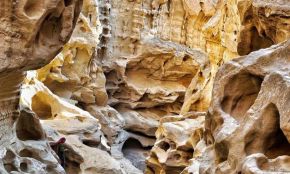
The eroded rocks and colliding tectonic plates make for a very impressive and photogenic landscape in Chah-kooh.
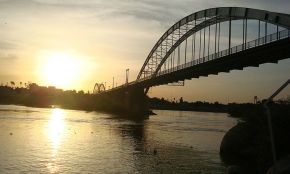
The Karun is Iran's most effluent and only navigable river. It is 950 km long. It rises in the Zard Kuh mountains of the Bakhtiari district in the Zagros Range.
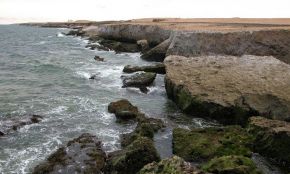
The Darya Bozorg or Rocky Beach is a charming and spectacular coastline in Chabahar. The coast with rocky walls, rocks covered with green mosses.